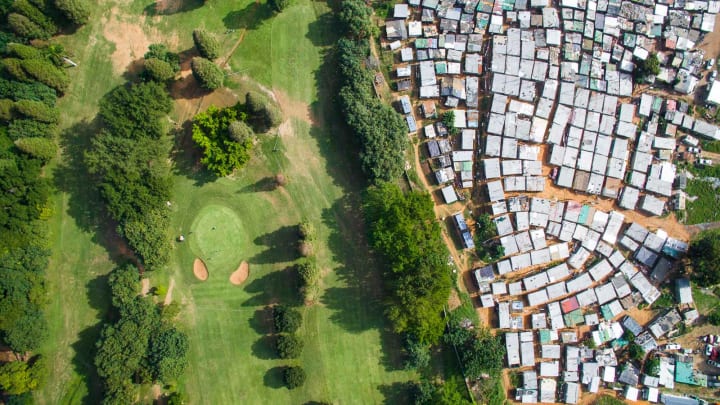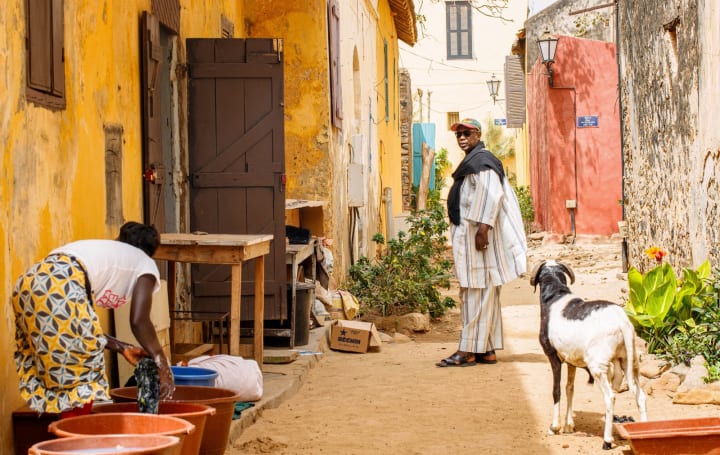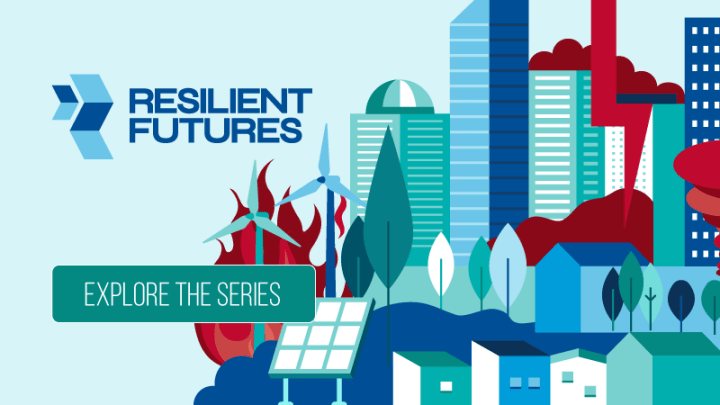
Urbanization has for many years been a key driver of development and poverty reduction, but a rapid expansion in city sizes and populations threatens, if unmanaged, to reverse some of these gains.
With many cities becoming more vulnerable to natural hazards, infectious diseases and pollution — particularly in fast-growing informal settlements — initiatives like the New Urban Agenda are increasingly calling for a systems-based approach to urban resilience and risk management.
Rafael Tuts, director of the Global Solutions Division at UN-Habitat, talked with Devex about the organisation’s work in this area and why a multisector, hazard, and stakeholder approach is most successful.
“Rather than relying purely on local government, we must be inclusive, engaging people from informal settlements, private companies, and different layers of government.”
— Rafael Tuts, director, Global Solutions Division, UN-HabitatThis conversation has been edited for length and clarity.
What is the best way to make housing, transport and communications infrastructure more resilient to natural hazards and other disasters?
We approach this at UN-Habitat by looking at multiple sectors, hazards and stakeholders simultaneously.
First, we cannot concentrate on only one sector — for instance housing, mobility, or water and sanitation — but must view cities as urban systems in which each element interacts with each other. Housing is not independent from mobility or from water and sanitation.
Second, to maximize the use of scarce resources, cities must be prepared for multiple and even unknown hazards. Investing in resilience against just one potential challenge, such as an earthquake, fire or flood, can leave us floundering if we are then hit by another hazard, as we see now with COVID-19.
We also require a multistakeholder approach. Every inhabitant, household, and private sector company has an interest in having resilient city systems. So rather than relying purely on local government, we must be inclusive, engaging people from informal settlements, private companies, and different layers of government.
What is CityRAP?
CityRAP is a participatory planning tool for identifying resilience building needs developed by UN-Habitat and the Centre for Excellence for Disaster Management, Sustainability and Urban Resilience in Southern Africa, also known as DiMSUR.
So far, CityRAP has been carried out in 34 locations in 12 countries across Africa, and demand for its implementation is growing.
There are of course technical guidelines and standards that are necessary to respond to specific situations such as floods or fires. We recommend a dual approach.
First, we must raise the floor, creating a minimum standard for how buildings and infrastructure should be designed. This has financial implications for individuals and society, so we recommend an incremental approach, becoming more ambitious as people see the benefit of improvements.
We must also raise the ceiling, encouraging excellence. Some private companies might want to go much further than these minimum standards and demonstrate how a building or infrastructure element can withstand certain threats. That then inspires others, making it easier to raise the minimum standards for all.
The coordination of this should rest with a city’s lowest possible elected body — typically a local authority or city council, but sometimes a metropolitan government, as long as it is democratically elected.
The coordinator must also reach to lower-level politicians representing different neighborhoods and to other actors, such as the private sector, informal settlement communities, academia and faith-based organizations — everyone who has a stake in the city’s wellbeing. This way there are checks and balances, everyone is involved and there is accountability to citizens.

Can you provide some examples of urban planning that have been successful in disaster risk reduction? What common challenges did they face and why did they work?
We have been working with a number of cities — including Asunción in Paraguay, Maputo in Mozambique, Dakar in Senegal, Port Vila in Vanuatu, Yakutsk in Russia, and Teresina in Brazil — to adopt this systemwide, planningwide approach to resilience building, using our City Resilience Profiling Tool, which can be calibrated and adapted to different contexts.
These cities are very different but share some common challenges, such as those related to mobility, the supply and management of water, and solid waste collection. They face common perceived threats, such as climate change and weak governance systems, while informal urbanization is also seen as increasing vulnerability. They also share a commitment to urban systemwide solutions.
To measure the success of this approach, we start with a self-assessment by the cities themselves, which involves them answering numerous very specific questions. Together with technical teams in these cities, we then drill in deeper to examine each area of potential risk and their preparedness. This helps us create a systemwide dashboard and an action plan on how to improve the various indicators.
There are never sufficient resources to improve all systems at once, but by maintaining this dashboard and checking in every year to measure whether disaster risks in certain areas are reducing or increasing, we can decide where we need to invest more. In this way, the risk profile of the city is kept in check.
This approach also allows cities to know themselves better, because to set baselines and ambitions, they are forced to investigate new types of data and evidence.
Reports coming out of these cities suggest this approach helps them reduce risk and solve interconnected problems, ultimately generating something more sustainable and durable for the whole city and society.
How can informal settlements best prepare for potential disasters caused by natural hazards?
As far back as 2000, the Millennium Development Goals identified improving the lives of slum dwellers as a key target, and informal settlements remain a big area of concern for UN-Habitat and the U.N. in general.
Growth in informal settlements is caused not only by rural-urban migration but also by natural population growth and — because they offer cheap labor and cheap housing — by urban poverty. These settlements are very overcrowded, have basic or almost no infrastructure, and suffer from a lack of sanitation, water, and other services. This makes them more vulnerable to disasters such as flooding, fire, or the spread of infections like COVID-19.
Addressing these risks requires a change of attitude among decision-makers. Informal settlements may look different, and their inhabitants may be less well off, but they are still neighborhoods and we must view them as part of a multifaceted city.
We should view transformation of these settlements as an investment opportunity rather than a burden. Building better infrastructure can lift the value of land they lie on and properties built there. Bringing a neighborhood into the fold of a formal city creates a flow of resources that can be reinvested in yet more resilient infrastructure, which is win-win for everybody.
Dakar, for example, has been quite progressive, introducing solar street lighting in informal settlements to make them safer by night. This not only helps reduce gender-based violence but enables people to go about their business later in the evening, keeping the economy moving.
What key message do you have for cities regarding being prepared for future natural hazards?
We must think about being ready to confront any shock or stress. COVID-19 has shown how unprepared cities, governments, and corporations are when something totally unexpected strikes, but also how this unleashes creativity. Cities must be prepared to confront any shock or stress, so they can keep essential systems functioning.
When one region or system of a city is impacted, others must be able to step up so that not everything depends on one source of supply or one element of the system. That’s an essential element of resilience.
With every disaster, there is also a climate agenda-related opportunity — that any bounce-back occurs in a way which helps us cut emissions and reduce vulnerability to climate. These concepts must be baked into any infrastructure that is built following a disaster. It’s not just about building back quickly, but about building back in a way that is more durable and that guarantees a better future for following generations.
Visit the resilientfutures.devex.com series for more coverage on the practical ways cities can build resilience and reduce disaster impact. You can join the conversation using the hashtag #ResilientCities.





